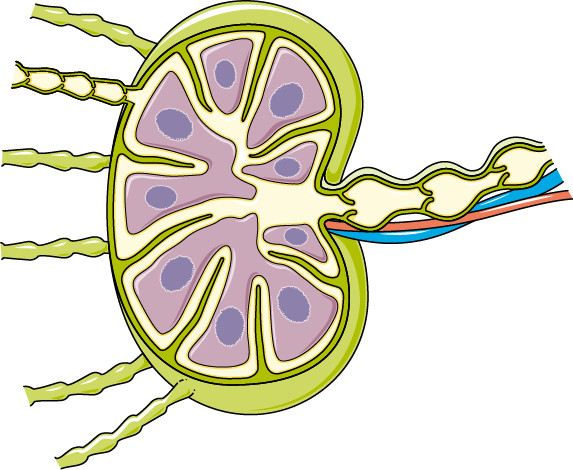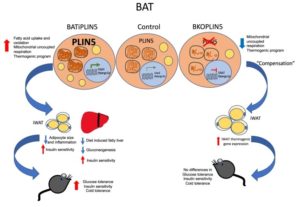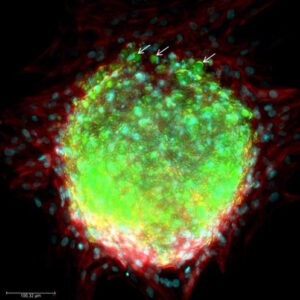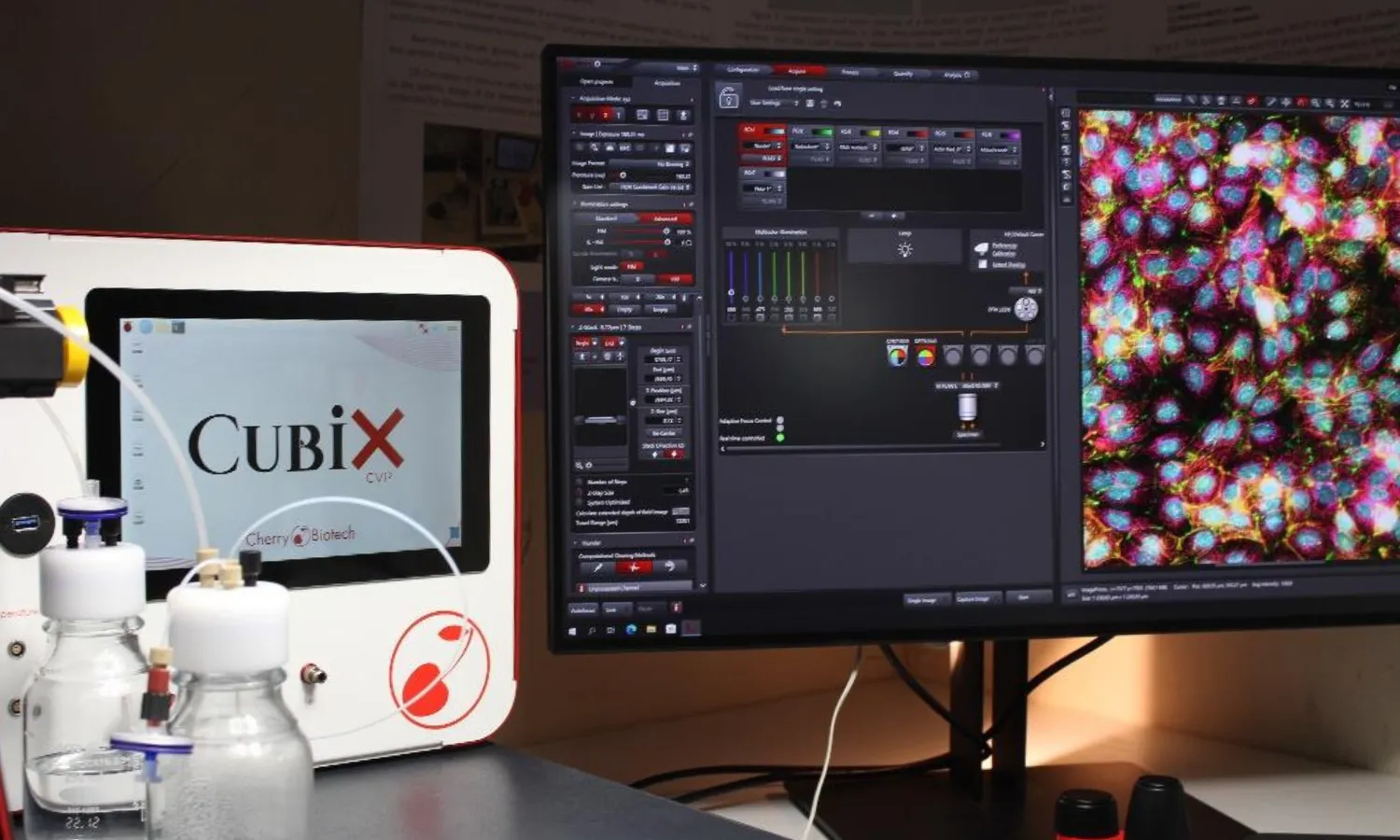Context
The lymphatic system is approximately omnipresent in the human body and present in most human tissues excluding cartilage, eye lens, epidemic, cornea, and bone marrow. The lymphatic system performs multiple interconnected body functions including interstitial fluid drainage, fluid homeostasis, lipid absorption, immune cell surveillance, and trafficking.
SLNcorresponds to the lymph node where malignant tumor drains initially. Clinical recognition of SLN is accomplished via an assortment of tracers including radioisotopes and dyes. Tracers are infused into the peritumoral spots, and consequently, labeled SLN is surgically removed for histological cell analysis. In current scenario, SLN biopsies have emerged as a standard practice to diagnose and monitor melanoma, vulvar, cervical, and breast cancer. Moreover, the biopsy detection rate has improved further on integrating new technologies such as pathologic ultra-staging and fluorescent dyes.

How to culture vascularized & immunocompetent 3D models in a standard Multiwell
The clinical aspects of SLN biopsy
Breast cancer and melanoma: Disorder in Axillary lymph node is a primary signal in early-stage breast cancer. SLN biopsies are one of the safest procedures with low morbidity and low false-negative rate. TheNational Surgical Adjuvant Breast and Bowel Project (NSABP) B-04 trial counter the well-established breast carcinoma theory in which it is emphasized that the adjunctionof axillary lymph nodes to mastectomy had no impact on general survival. However, regional lymph nodes condition is significant for specific tailoring adjuvant treatment and assessing prognosis. Previously, if metastasis is diagnosed via SLN biopsy, a complete lymph nodal dissection (LND)was obligatory as the disease was present only in 70% of SLN biopsies.
The integration of ultra-staging has increased the accuracy of SLN biopsy. Conventional pathological methods were not able to detect the diseases in small volumes. Currently, SLNwith ultra-staging can diagnose a single tumor in one million normal lymphocytes.
Vulvar Cancer: Vulvar cancer is an unusual genital melanoma. Nevertheless, since 1990, the vulvar cancer cases are increased considerably in northern Europe.The conventional treatments are inguinal treatment and radical vulvectomy. Inguinal LND comprises high-level morbidity as patients go through the lymphocele formation, wound breakdown, and lymphedema. The GROINSS-V (Groningen International Study on Sentinel Nodes in Vulvar Cancer) has shown some vital developments in the surgical treatment of vulva cancer. It has been found that on early-stage vulva cancer involved patients with tumor <4 cmthat go through SLN biopsy or go through inguinal LND; the recurrence rate was analogous with a 5% false-negative rate. Additionally, difficulties related to inguinal LND has reduced appreciably. Currently, SLN biopsyis a golden-standard method in women with tumors <4 cm. The detection rates improved further when the integrated method (dye method) is applied.
Cervical Cancer: Nonetheless, SLN biopsy is not widely spread for cervical cancer. However, it can be applied in women with tumor size <2 cm. New NCCN Cervical Cancer Guidelinesrecommended the SLN biopsiesover the complete pelvic LND in early-stage patients. The studies are available with a 50-60% detection rate; however, the detection rate marginally improves with the abovementioned integrated methods.
The Rationale for SLN Mapping
The valuable feature of SLN biopsyis an appropriate assortment of the patients that will receive the advantages of the minimally insidious process. However, surgical complications do occur in association with SLN biopsy, but this is way less than LND. Consequently, the integration of ultra-staging with histological analysis of the SLN advances the detection rates. SLN biopsy should be employed in patients with the abovementioned lymphatic disseminate in comparison to hematogenous route.
SLN biopsyis the gold-standard of treatment for melanoma. We believe that the technique will be regularly utilized for endometrial malignancies. As clinician research with dye methods advances, the detection precision will also increase. On the other hand, the applications of nanoparticles in medical science are increasing rapidly. A study proposes the use of gold-silica surface-enhanced resonance Raman spectroscopy (SERRS),describing positive results for SLN biopsy.
References
– Reintgen, et al., “Breast lymphatic mapping and sentinel lymph node biopsy: state of the art: 2015,” Clinical Breast Cancer, vol. 16, no.3, pp. 155–165, 2016.
– L. Morton et al., “Technical details of intraoperative lymphatic mapping for early-stage melanoma,” JAMA Surgery, vol. 127, no. 4, p. 392, 1992.
– J. Koh et al., “Cervical cancer, version 3.2019, NCCN clinical practice guidelines in oncology,” Journal of theNational Comprehensive Cancer Network, vol. 17, no. 1, pp. 64– 84, 2019.
– Andrea Tan, Amy K. Bieber, Jennifer A. Stein, Miriam K. Pomeranz, Diagnosis and management of vulvar cancer: A review, Journal of the American Academy of Dermatology, Vol 81, Issue 6, 2019, Pages 1387-1396,
– U.Dogan et al. “The Basics of Sentinel Lymph Node Biopsy: Anatomical and Pathophysiological Considerations and Clinical Aspects” Journal of OncologyVol. 2019, Article ID 3415630, pp. 10
– H.Wong et al., “Lymphatic drainage of skin to a sentinel lymph node in a feline model,” Annals ofSurgery, vol. 214, no. 5, pp. 637–641, 1991.
– M. Cabanas, “An approach for the treatment of penile carcinoma,”Cancer, vol. 39, no. 2, pp. 456–466, 1977.
– J. Koh et al., “Cervical cancer, version 3.2019, NCCN clinical practice guidelines in oncology,” Journal of theNational Comprehensive Cancer Network, vol. 17, no. 1, pp. 64– 84, 2019 “Cervical cancer, version 3.2019, NCCN clinical practice guidelines in oncology,” Journal of the National Comprehensive Cancer Network, vol. 17, no. 1, pp. 64–84, 2019.
– Veronesi et al., “Sentinel lymph node biopsy in breast cancer: ten-year results of a randomized controlled study,” Annals of Surgery, vol. 251, no. 4, pp. 595–600, 2010.
FAQ
A sentinel lymph node, or SLN, is defined as the specific lymph node to which a malignant tumour initially drains. The lymphatic system itself is present in most human tissues. Clinical recognition of the SLN is achieved by using an assortment of tracers, which can include radioisotopes and dyes. These tracers are infused into the peritumoral spots. As a consequence, the labelled SLN can be identified. It is then surgically removed so that histological cell analysis can be performed. This procedure is a standard practice for diagnosing and monitoring several types of cancer.
In early-stage breast cancer, a disorder in the axillary lymph node is considered an initial signal. SLN biopsies are one of the safest procedures for these patients. They have low morbidity and a low rate of false negatives. Although one trial (NSABP B-04) found that adding axillary lymph nodes to a mastectomy did not affect general survival, the condition of the regional lymph nodes is still needed. This information is required for specific tailoring of adjuvant treatment and for assessing prognosis. Previously, if metastasis was diagnosed via SLN biopsy, a complete lymph nodal dissection (LND) was obligatory.
Vulvar cancer is an unusual genital melanoma, with cases increasing in northern Europe since 1990\. Conventional treatments included radical vulvectomy and inguinal treatment. Inguinal lymph nodal dissection (LND) involves high-level morbidity. Patients could experience lymphedema, wound breakdown, and lymphocele formation. The GROINSS-V study showed that for patients with early-stage vulva cancer (tumour \<4 cm), the recurrence rate was analogous for both SLN biopsy and inguinal LND. Difficulties related to inguinal LND were also appreciably reduced. As a result, SLN biopsy is now a golden-standard method for women with tumours \<4 cm.
The useful feature of an SLN biopsy is the appropriate assortment of patients who will receive the advantages of a minimally insidious process. While surgical complications can occur, they are far less than those associated with LND. The integration of ultra-staging with the histological analysis of the SLN advances the detection rates. Conventional pathological methods were not able to find diseases in small volumes. Ultra-staging, however, can diagnose a single tumour in one million normal lymphocytes. Detection rates have also improved from the integration of new technologies like fluorescent dyes. As clinician research with dye methods progresses, the ability to detect will also increase.





